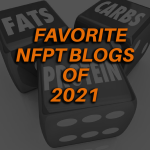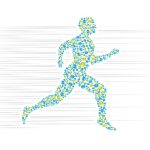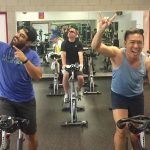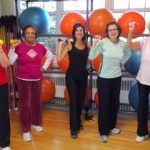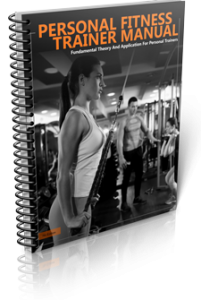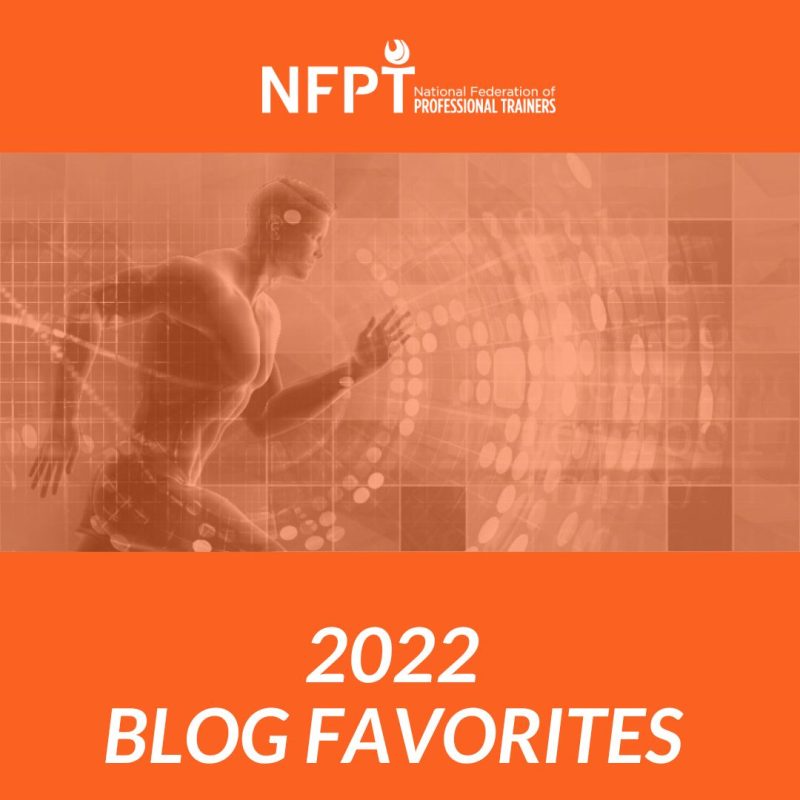
As 2023 bears down on us in a few days, I like to wrap up the year behind us with a nod to the top blog articles of 2022 that were the most well-received and share them with our NFPT fitfam. The NFPT blog has bragging rights to a very highly ranked source of rich content, that serves both to educate and inspire personal trainers.
If you missed these gems this year, you can catch up now. These of course are just the most read, and not the only ones worth reading! We hope you peruse and explore the entire year’s worth of published NFPT health and fitness articles.
The following are the top 5 most-read blogs of 2022 absolutely worth reading:
5. Mixology 101: Combining Protein Powder with Hot Liquids
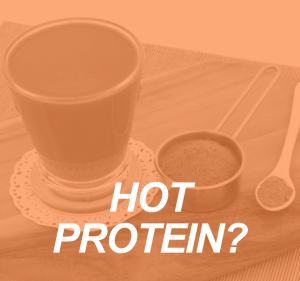
In order to build muscle, one must consume a significant amount of lean protein, often in the form of protein powder. Most athletes consume protein in the form of a shake, combining powdered whey isolate blends with a room-temperature or refrigerated liquid (water, milk, fruit juice).
However, recipes abound in the bodybuilding community for creative and delicious ways to incorporate whey into everyday foods, thereby increasing their nutrient density. How does the integrity of protein hold up, however when mixed with hot liquids?
4. Psoas: The Fight or Flight Muscle
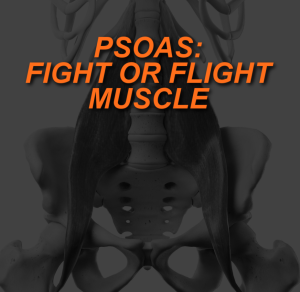 The iliopsoas muscle is a large, compound muscle of the inner hip which begins at the lumbar spine, lateral to the lumbar vertebrae and medial to quadratus lumborum. As psoas major passes through the groin to insert onto the femur, it merges with iliacus. Together, these muscles form the iliopsoas muscle. The word ‘psoas’ has colloquially become an umbrella term to refer to psoas major, psoas minor, and the iliopsoas.
The iliopsoas muscle is a large, compound muscle of the inner hip which begins at the lumbar spine, lateral to the lumbar vertebrae and medial to quadratus lumborum. As psoas major passes through the groin to insert onto the femur, it merges with iliacus. Together, these muscles form the iliopsoas muscle. The word ‘psoas’ has colloquially become an umbrella term to refer to psoas major, psoas minor, and the iliopsoas.
You may have heard that it is also considered the “fight-or-flight” muscle. But what does this mean? Does this muscle complex actually have a connection to fear and stress?
3. The Importance of Grip and Forearm Strength
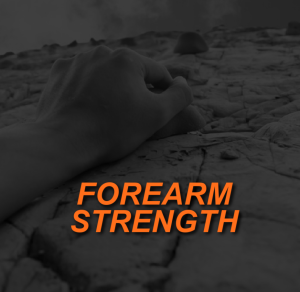 Exercises like pull-ups, rows, kettlebell swings, and bicep curls all involve a certain amount of forearm strength. Rock climbing, one of the fastest-growing sports in this country, requires an incredible amount of upper body power, forearm strength, and grip strength.
Exercises like pull-ups, rows, kettlebell swings, and bicep curls all involve a certain amount of forearm strength. Rock climbing, one of the fastest-growing sports in this country, requires an incredible amount of upper body power, forearm strength, and grip strength.
The forearms contain more muscles than most of us realize, connecting to and impacting movements in the elbows, wrists, and hands. In terms of functional strength, forearm muscles assist in everyday tasks such as opening jars and carrying suitcases or heavy grocery bags. Sports-related movements such as those associated with golf and basketball also require strong forearms. Focus on the forearm muscles (both flexors and extensors) in the gym rewards a client with strength and hypertrophy (including forearm strength) and may potentially reduce hand, wrist, and elbow pain arising from other conditions or overuse syndrome.
Read on to learn why a personal trainer must not neglect forearm strength when designing comprehensive workouts for clients.
2. How Well Do Body Composition Scans Work?
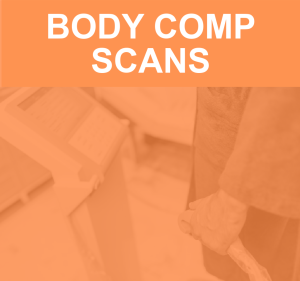 Body composition scans, a new and innovative assessment that requires very little of a personal trainer’s client’s time, aims to measure the bone, fat, and muscle makeup of one’s body. Such an analytical rendering can benefit both the client and his trainer when embarking upon a new workout program. A clearer understanding of one’s body helps to identify problem areas, making goal-setting even easier.
Body composition scans, a new and innovative assessment that requires very little of a personal trainer’s client’s time, aims to measure the bone, fat, and muscle makeup of one’s body. Such an analytical rendering can benefit both the client and his trainer when embarking upon a new workout program. A clearer understanding of one’s body helps to identify problem areas, making goal-setting even easier.
Learn how a body composition scan can serve as a helpful adjunct to both weight loss endeavors and personal training.
Last but not least, the most-read blog of 2022, penned by yours truly (It’s a long one!):
1. Biomechanics: The Science of Human Movement
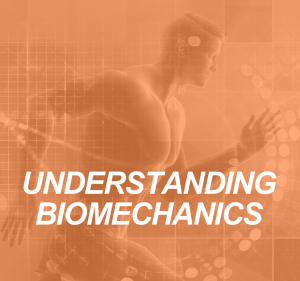 Personal trainers and health and fitness professionals who continue to develop a growing knowledge of the exercise sciences are able to communicate effectively with established health professionals and sciences on “common ground” and also apply such knowledge in expert programming for fitness clients.
Personal trainers and health and fitness professionals who continue to develop a growing knowledge of the exercise sciences are able to communicate effectively with established health professionals and sciences on “common ground” and also apply such knowledge in expert programming for fitness clients.
While the following is quite technical, it provides an integral part of that knowledge base necessary to facilitate such communication and skill development. Read on to explore how human movement science can help you to become a better personal trainer.
Happy New Year #NFPTfitfam! Best of luck in the year ahead!

